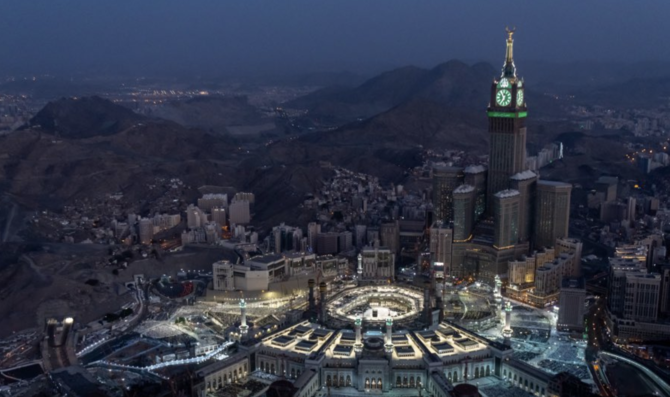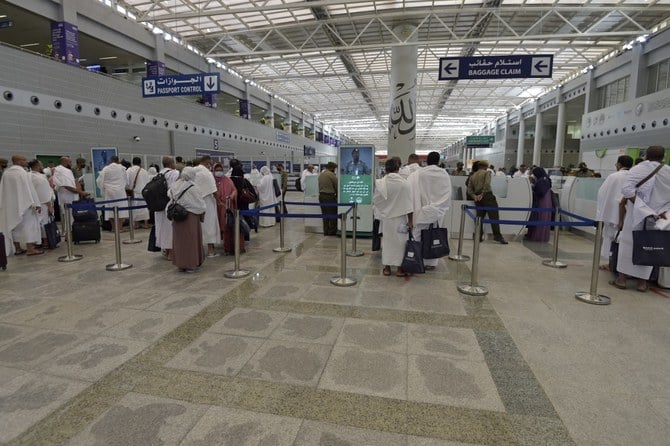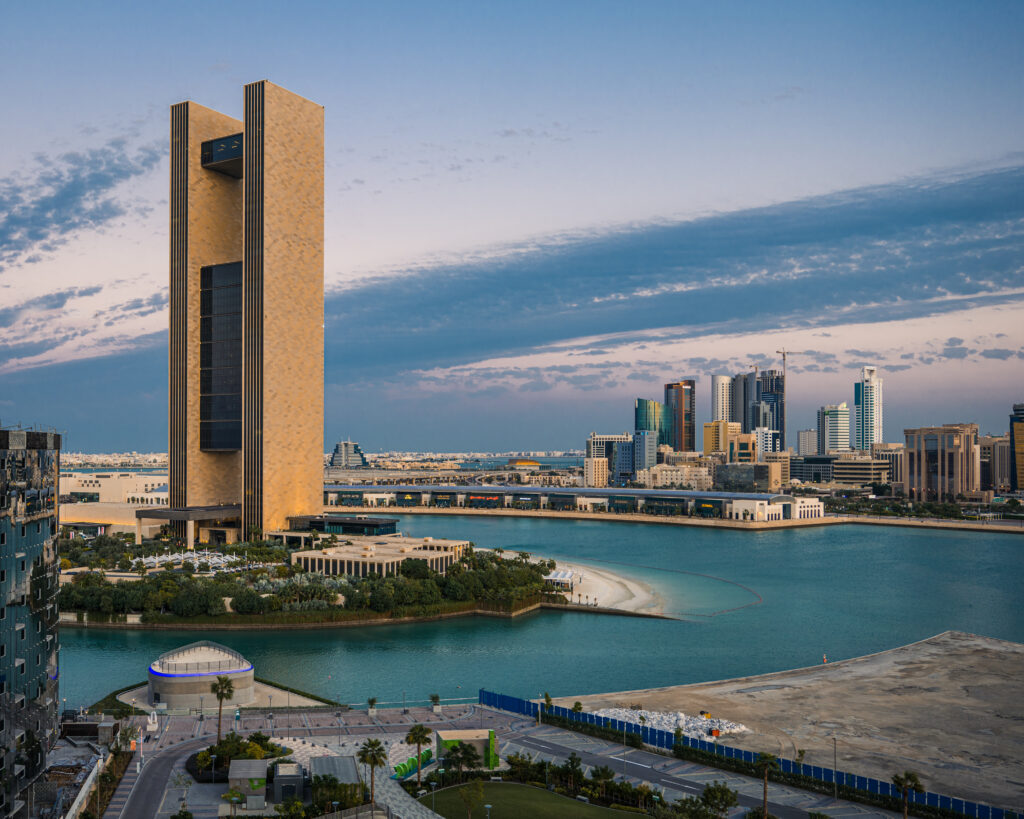JEDDAH: Millions of pilgrims arrived at the Grand Mosque in Makkah on Sunday to perform Tawaf Al-Qudum (Tawaf of Arrival) as the biggest annual pilgrimage in several years began.
It is the first tawaf (circumambulation of the Kaaba) that pilgrims undertake after assuming the state of ihram, a sacred state of ritual consecration. This tawaf signifies the pilgrims’ arrival in Makkah, the spiritual center of Islam and the focal point of the Hajj pilgrimage.
On Sunday night, pilgrims will start moving to Mina — a tent city located approximately 5 km east of Makkah that is renowned as the largest of its kind in the world — ahead of the Hajj’s climax at Mount Arafat, where the Prophet Muhammad is believed to have delivered his final sermon.
On the eighth of Dul Hijjah, which is known as the Day of Tarwiyah, pilgrims embark on the journey to Mina and spend an entire day and night, utilizing this time to prepare themselves mentally and physically for the profound spiritual experience that awaits them at Mount Arafat.
Moving forward to the ninth of Dul Hijjah, the pilgrims converge on Mount Arafat, which marks the pinnacle of the Hajj pilgrimage. It is in this sacred place that they engage in duaa (prayers) asking Allah for forgiveness and mercy.
Additionally, during their time at Mount Arafat, the pilgrims perform afternoon prayers at Namirah Mosque, reinforcing their connection with Allah and taking part in the collective worship that unites millions of pilgrims from around the world.
During the evening of Dul Hijjah 9, pilgrims embark on a journey to Muzdalifah, a significant location situated between Arafat and Mina. Pilgrims spend the night in Muzdalifah and collect small stones, which hold a special purpose for the upcoming ritual of stoning Satan at the Jamarat pillars in Mina.
After throwing Jamarat Al-Aqaba with the collected pebbles, the pilgrims proceed to the Grand Mosque to perform Tawaf Al-Ifadah. This ritual can be carried out at any time between Dul Hijjah 10 and 12.
Once this sacred act is completed, pilgrims are no longer restricted by the regulations of the ihram and are free to engage in all permissible activities. However, it is important to note that they must return to Mina to continue with the remaining rituals of Hajj.
During the days of Tashreeq, which fall on Dul Hijjah 11, 12 and 13, it is essential for pilgrims to remain in Mina and engage in two additional rami rituals. On the afternoon of Dul Hijjah 11, pilgrims collect 21 pebbles and proceed to cast them at the three Jamarat. The stoning begins with Jamarat Al-Ula, followed by Jamarat Al-Wusta, and finally Jamarat Al-Aqaba.
Furthermore, before departing from Makkah, pilgrims are required to perform the Tawaf Al-Wida, also known as the farewell Tawaf. This ritual holds great significance in the Hajj pilgrimage and is obligatory for all pilgrims.
This year’s Hajj is set to be the largest gathering of pilgrims since 2019, prior to the onset of the COVID-19 pandemic.
In 2019, approximately 2.5 million individuals took part in the Hajj, marking a significant turnout. However, due to the global outbreak, only a mere 10,000 individuals were allowed to partake in the pilgrimage in 2020. The number of participants increased to nearly 59,000 in 2021.
According to the General Authority for Statistics, there were a total of 899,353 pilgrims in 2022, consisting of 779,919 individuals from outside Saudi Arabia and 119,434 individuals from within the Kingdom. This remained substantially down on the pre-pandemic figures.
However, the Ministry of Hajj and Umrah has announced that this year’s Hajj will welcome a staggering 2 million pilgrims, including 200,000 from within the Kingdom. This notable increase in the number of participants indicates a gradual return to normalcy and the resumption of the Hajj experience for a greater number of individuals.






















